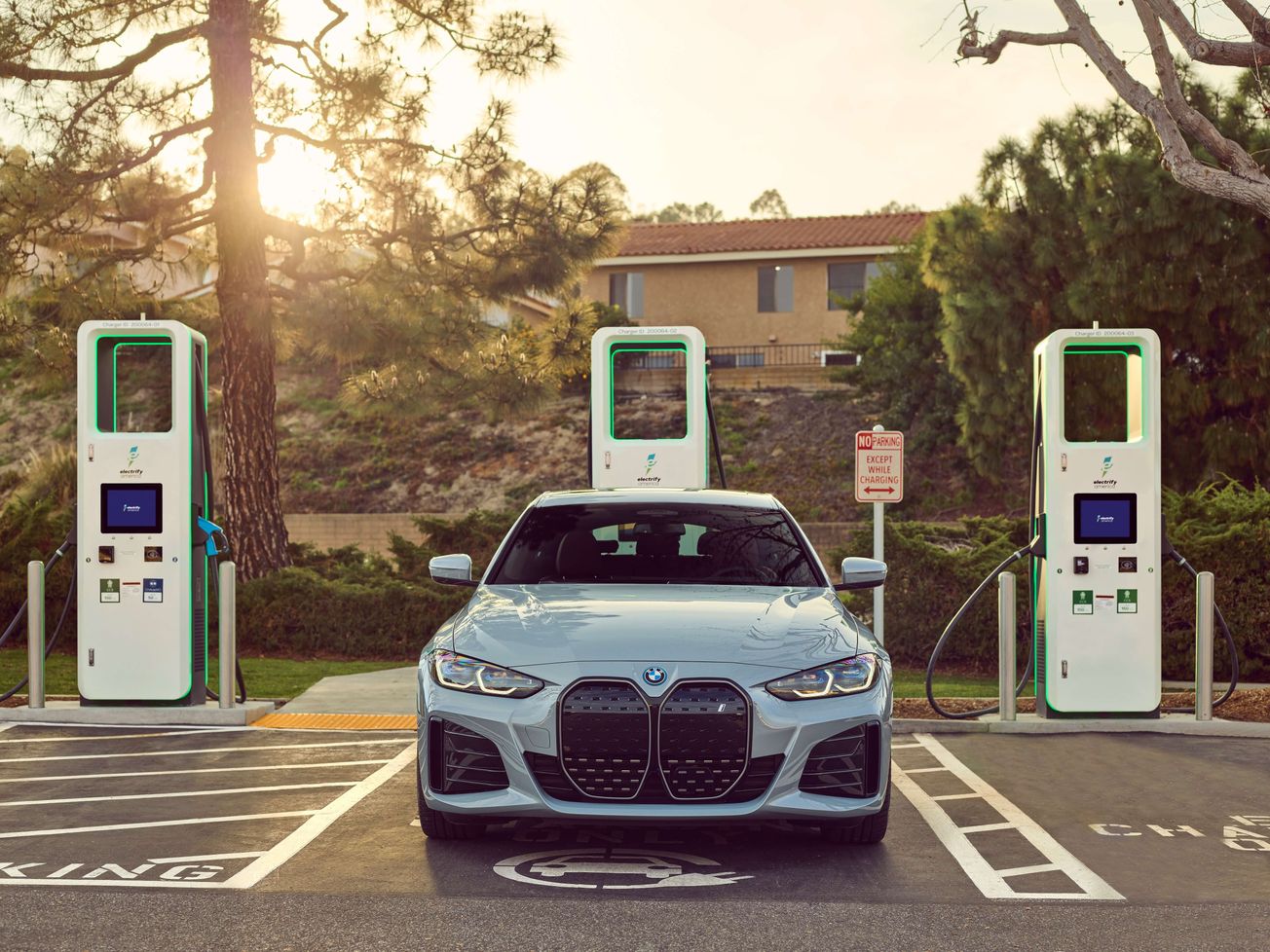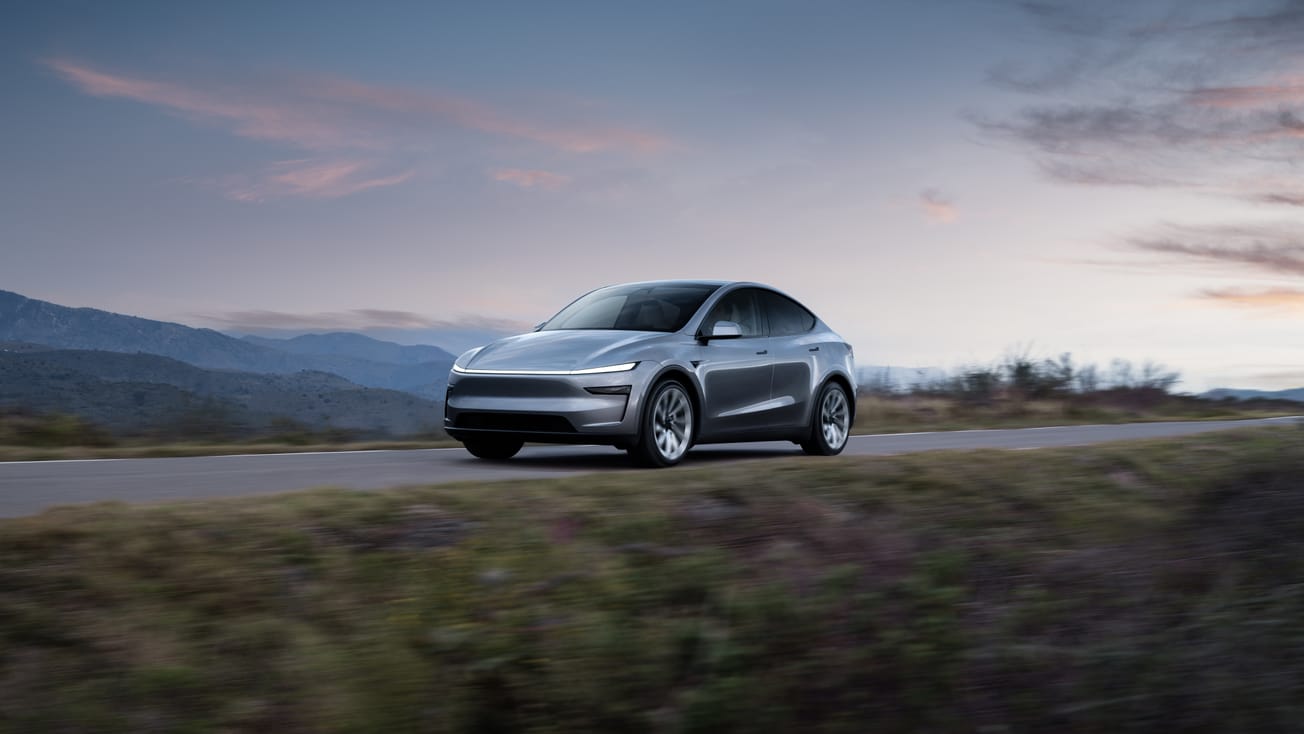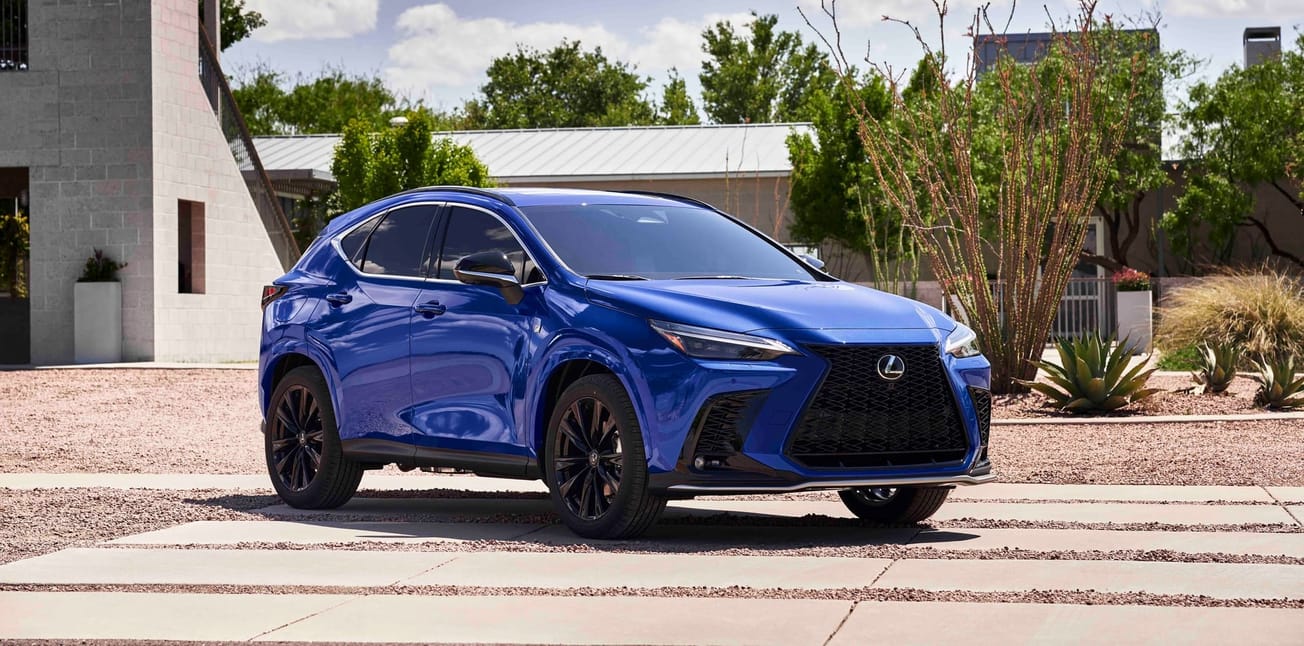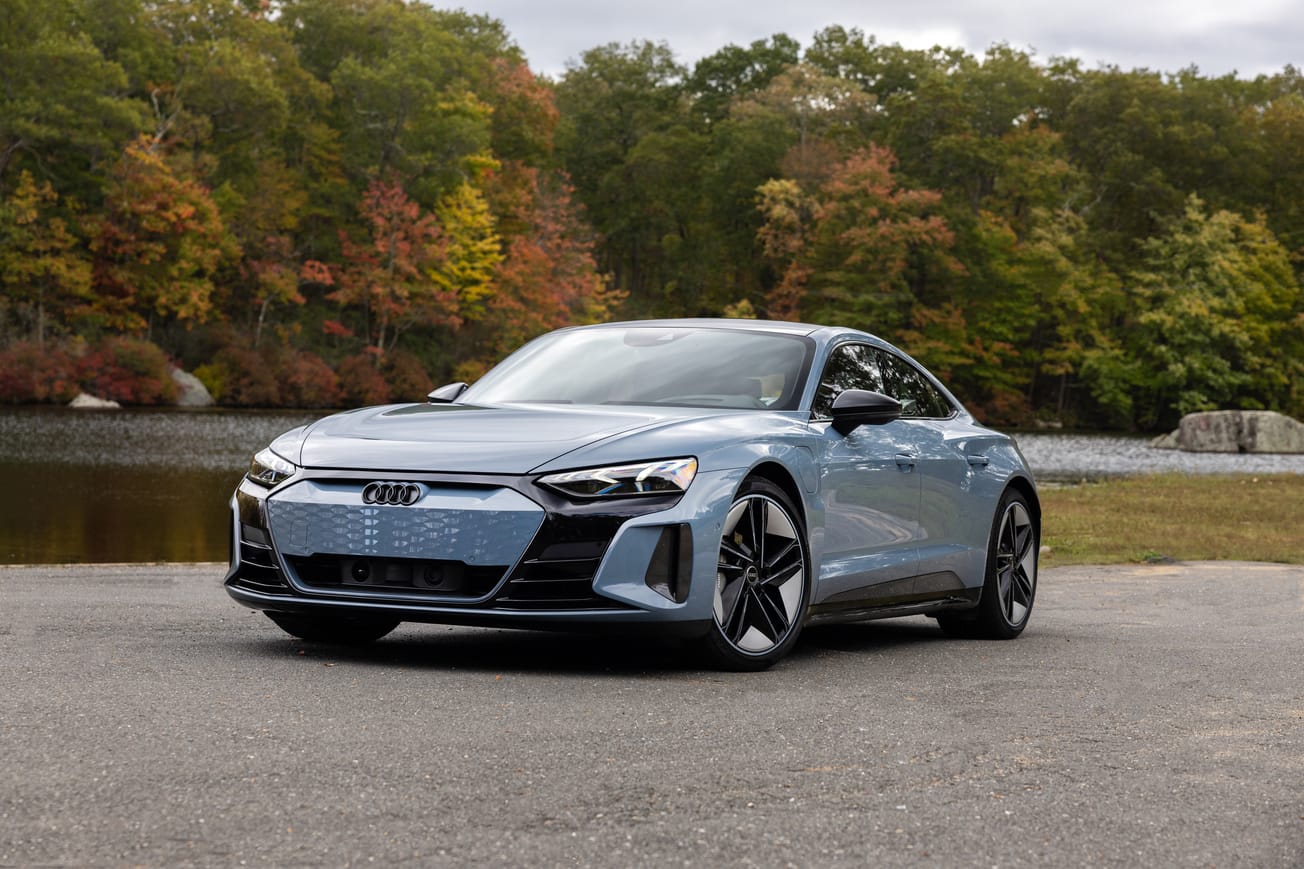By Elaine Rose
It isn’t only Tesla anymore.
As people feel the sting in their wallets every time they fill up their gas tanks — or wonder how they’ll answer in twenty years when their grandchildren ask what they did to curb global warming — electric vehicles become more appealing.
Several major auto manufacturers make electric vehicles, and that number is growing. General Motors recently announced it plans to cease making cars with gasoline engines by 2035. Ford reported that its electric-vehicle sales more than doubled from 2020 to 2021. So these cars are definitely part of the future of transportation in America.
And the prices are becoming more reasonable.
As rapidly as sales are increasing, electric vehicles are still a tiny minority of what is traversing our roadways.
New Jersey ranks sixth in the nation for the number of EVs on its streets, with 30,400, or 0.51%, of all registered vehicles. There are 745 battery charging stations scattered throughout the state.
Keeping the battery charged will be an issue. Many EV owners choose to build a home charging station, as fueling the battery from a regular electric outlet can seem to take forever.
People who do a lot of long-distance driving might want to think twice about going all-electric, at least for now. About a year ago, the Biden-Harris administration announced it was budgeting billions of dollars to “put [the country] on the path to a convenient and equitable network of 500,000 chargers and make EVs accessible to all Americans for both local and long-distance trips,” according to the Associated Press.
But in the short term, long road trips will take some planning to avoid getting stuck in the middle of nowhere. The last thing you want is for the battery to run out of juice while you’re cruising I-84 in rural Idaho.
To help travelers, the U.S. Department of Energy maintains a website listing all charging stations in the country and southern Canada.
Another factor is that the technical glitches of these cars are still being ironed out. A Consumer Reports survey found that only four out of eleven electric vehicles had a reliability rating of average or better. They suggest for the time being, people might be better off with hybrids.
The cost of buying and owning an EV versus a traditional car can go either way.
Car and Driver recently compared the cost of owning two electric vehicles — The Hyundai Kona Electric and the Ford F-150 Lightning — and their gas-powered equivalents over the course of three years, assuming they drive the typical 15,000 miles per year. Energy use, maintenance, and depreciation were the main factors in the calculations. Insurance was not included because it varies widely around the country.
The gas-powered Hyundai Kona was somewhat cheaper to own compared to its electric counterpart, $19,385 versus $21,426 for the electric version. But the Ford F-150 Lightning cost less to run than the gasoline model, $23,840 as opposed to $26,505 for the conventional engine.
This analysis did not include the tax incentives, which can be a determining factor for some folks.
But that’s where it can get complicated. The Inflation Reduction Act passed by Congress last year allows for up to a $7,500 tax credit on the purchase of a new electric vehicle and up to $4,000 for buying a used one.
To qualify for the Federal Electric Car Tax Credit, the price of the car must be $55,000 or less, and $80,000 for a van, truck, or SUV. They figure that if you can afford a more expensive vehicle, you don’t need the tax break.
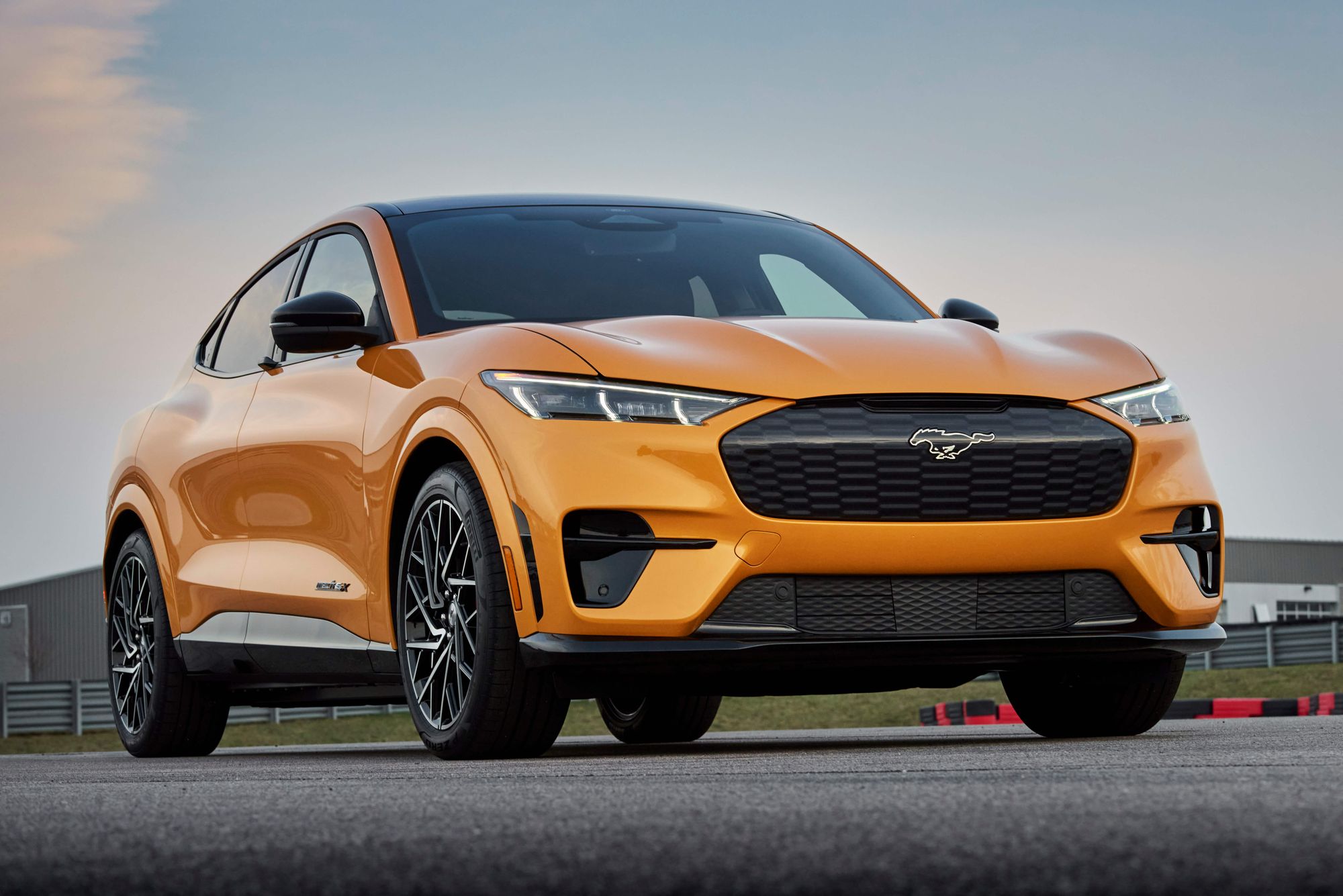

But here’s the catch. To qualify for the first half of the credit, the vehicle must be assembled in North America (including Canada and Mexico). That means purchasers of many popular foreign models are out of luck.
To get the second half of the tax credit, a certain percentage (which will increase each year) of the battery and the materials it is made of must come from the U.S. or a country with which the U.S. has a free-trade agreement. To date, no EV battery on the market qualifies for this rebate, but companies are scrambling to make it happen.
If you buy the car in 2023, you must claim the credit when you file your taxes. Starting in 2024, the credit is applied at the time of purchase.
But if you’re ready to jump on the EV bandwagon, there are choices to fit just about every lifestyle.
Kelley Blue Book ranked the best electric vehicles for the 2023 model year in five categories: The Ford Mustang MACH-E topped the list for SUVs; The Chevrolet Bolt is the best car; the top truck is the Ford F-150 Lightning; and if you want luxury, the Mercedes-Benz Mercedes-EQ EQS is a great car and the Audi Q4 e-tron is a great SUV.
U.S. News & World Report did its own ranking, and mostly agreed with Kelley Blue Book. Only they chose the 2022 Hyundai Ioniq 5 as the preferred SUV and the 2023 BMW iX as the best luxury SUV.
So do your research and figure out which EV meets your needs. Or hang on for a few more years until the technology improves and the prices come down. The choice is yours.


